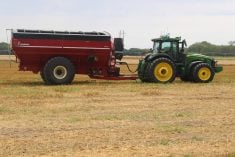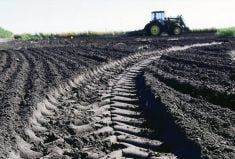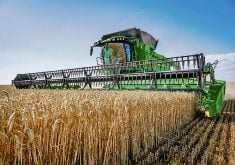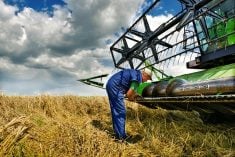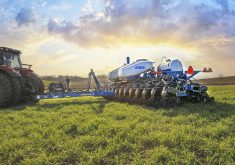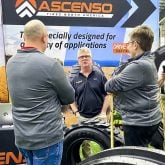What makes you call your planter supplier when you’d prefer to be on the land? Often things that could have been checked out before.
Checking equipment before planting will ensure the planter is ready to go when the soil is.
Why it matters: Ideal planting conditions can come in a very short time frame. It’s best for farmers to be prepared for when that time comes and be able to continue working.
Jim Bright, field optimization specialist with Podolinksy Equipment, says there are numerous reasons farmers will call during the spring season.
Read Also
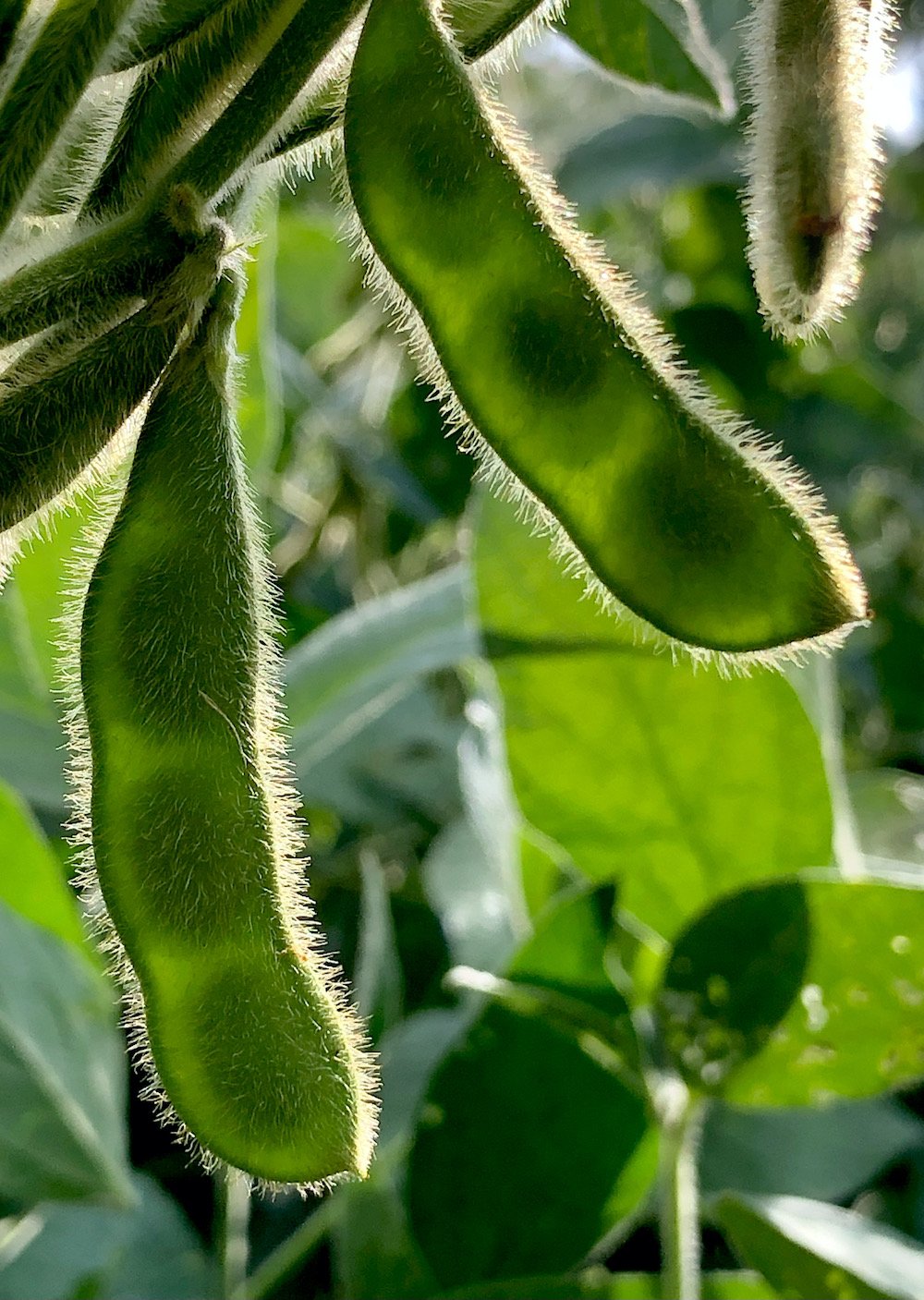
Critical growing season ahead for soybeans
This year’s smaller soybean acreage puts the onus on yields, if last year’s supply is to be maintained. The most critical yield-determining month for U.S. soybeans is August.
Farmers may have difficulties attaching the planter and setting the display.
“Planters are getting quite complicated; we find it’s taking more work from the dealer side that we need to help make sure that everything is hooked up fine.”
Setting up the display can be a complicated process for growers. Many planters rely on displays to run rates and manage vacuum levels.
With the help of remote display access (RDA) dealers are better able to assist customers with their needs.
“We are able to log in to the customer’s screen from (the office), if equipped. We can help them through it right over the phone.”
Be organized and understand the equipment, especially because planters are only used for one month of the year, says Jay Curtiss, who works in sales and service with Kearney Planters.
Planting rates are another concern for producers.
The best way to help with this is to lock up the closing wheel, get out of the cab and count. It’s also important to ensure the meters are in good condition.
Planter height and incorrect soil penetration can be an issue if drawbar height is not accurate.
“Make sure the frame is leveled on the planter itself, and make sure the down pressure is working.”
Dave Peters, product specialist with AGCO, suggests using a level on the tongue.

“Put the planter down and adjust the three-point hitch until it’s level. Set your three-point hitch level in your tractors’ memory or make a note of it,” says Peters.
When the question is asked: “why is nothing working on my planter?” Bright says to review the connections.
“Sometimes it is something as simple as the height switch isn’t calibrated correctly. (The planter) doesn’t even know it’s down on the ground.”
When planters are giving lots of skips and doubles of seed, the issue is often the meter and its overall condition.
Bright says it’s important to ensure calibration is complete. This includes the tractor, the beacon on the tractor, rates and vacuum.
Guess rows are the rows on the outer edge of planter passes. They tell whether or not a planter is pulling.
It’s important the driver gets out of the cab and measures row to row.
Peters suggests putting the planter in the ground for a couple of hundred feet, followed by two more passes and then measure the guess rows.
“The two should add up to 60 inches. You may have one guess row at 28 inches and the next at 32. This means your planter is dragging one inch left or right,” says Bright.
It’s best to repeat this process to ensure your corrections work – the sprayer operator with be appreciative.
Most plant set up is done before you hit the field
“Eighty per cent of the planter set-up is done before you go to the field and 20 per cent is done in the field,” says Bright.
Electronic issues prompt many of the calls to dealers, says Curtiss.
The mechanical operations of the planter should also be checked.
This can include looking over the seed disks, seed tubes, bearings, gauge wheels and ensuring the meter is applying what the grower wants.
“This can be done at the dealer shop or at the customer’s place. We can run the meter through a population check with older planters by running the seed through to make sure it’s putting out the correct amount,” says Bright.
When dealing with a hydraulic or electric drive, Peters says to simulate planting in the shop or yard to ready the planter before spring.
“Whether that is to override the lift switch, or simulate ground speed, it is something to get the planter to start working without putting it in the ground and drive.”
This is the best time to run calibrations, such as hydraulic drive or fertilizer distributor.
The final 20 per cent of the planter set-up will be completed in the field based on soil conditions.
This includes seed depth, gauge wheel compaction, closing wheels, down pressure and residue systems.
“This is anything where the planter is physically in the ground, the 20 per cent where we need the actual conditions,” says Bright.
Add-on components may be needed to achieve what growers are looking for in their planters.
Across Ontario there is a vast difference in planting systems, for example, strip-tilling, conventional tillage and no-till.
Planters need to be set up according to what farmers are expecting them to do.
“The last couple of years have definitely been challenging and growers need to look to the dealer to help them get through these challenging times,” says Bright.





